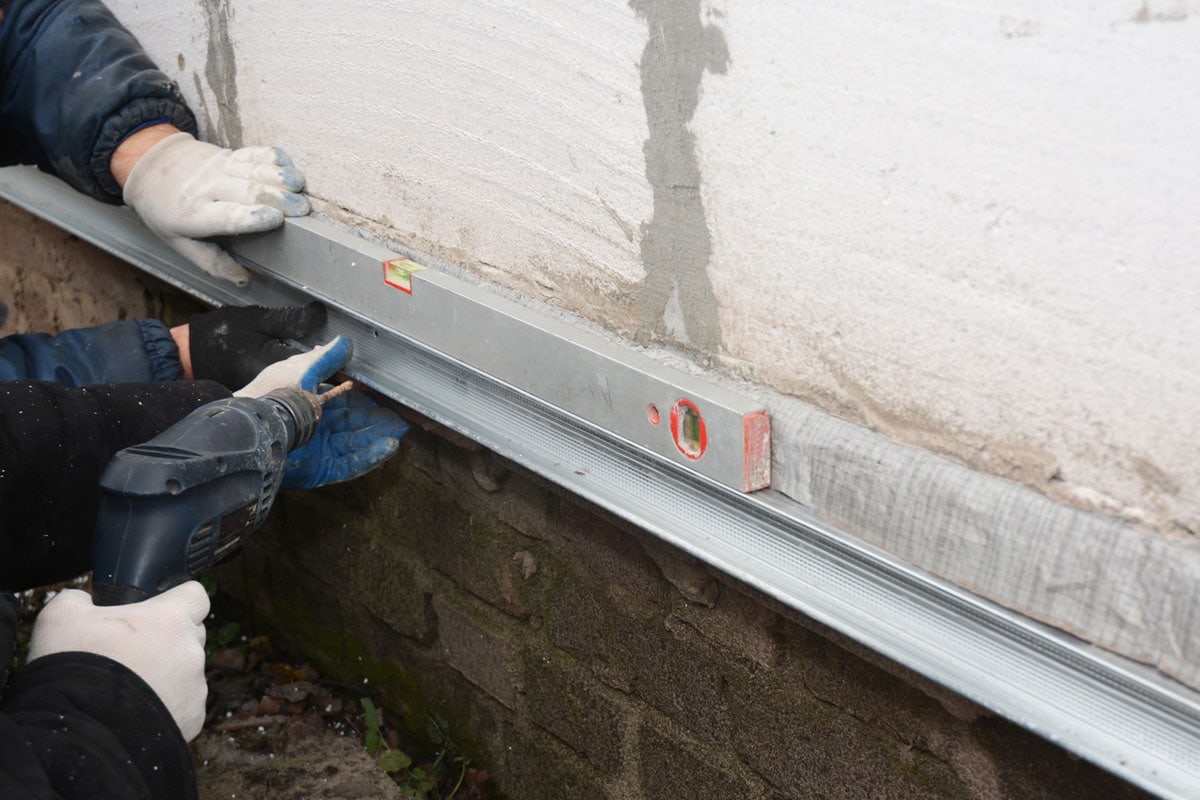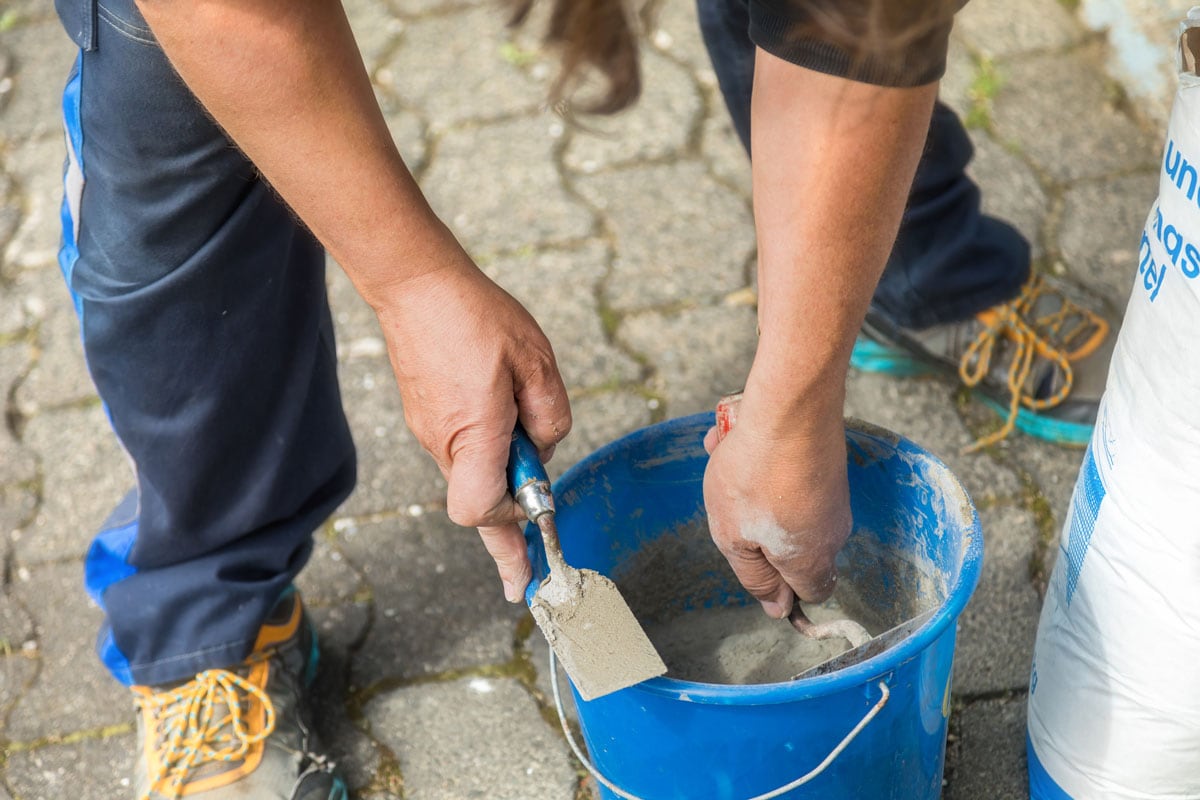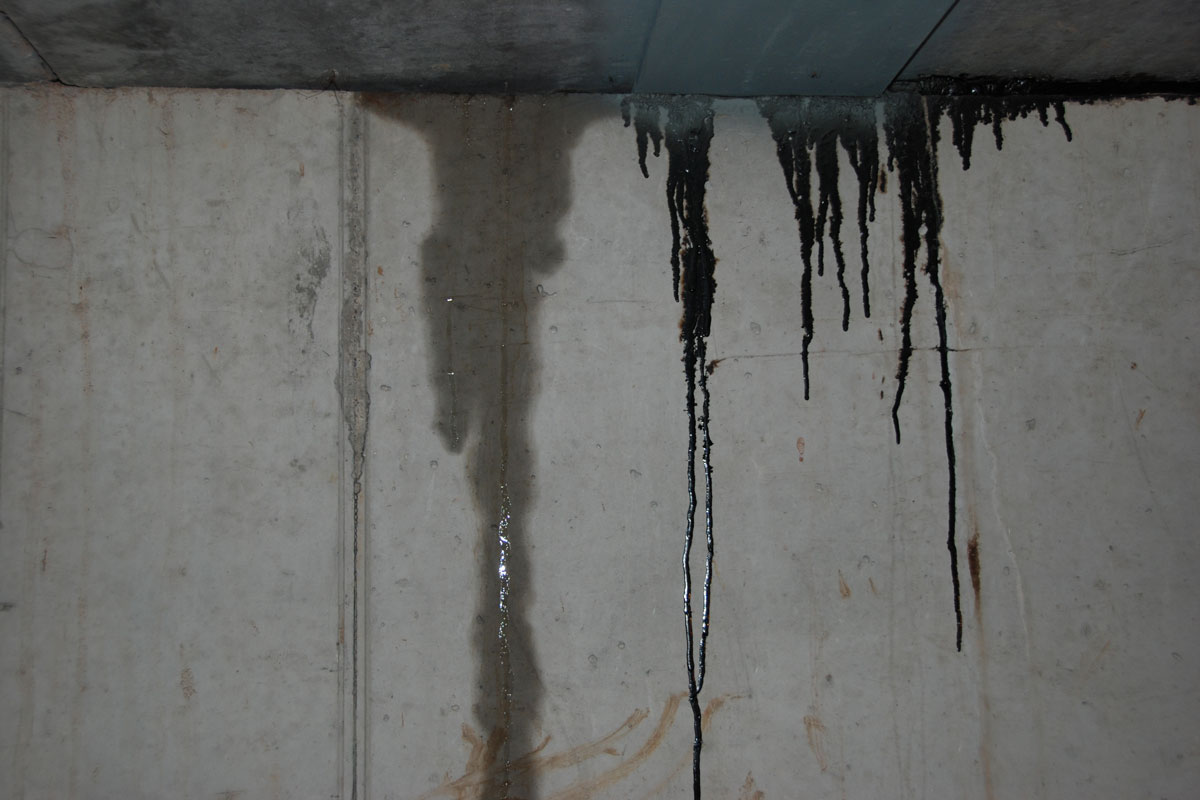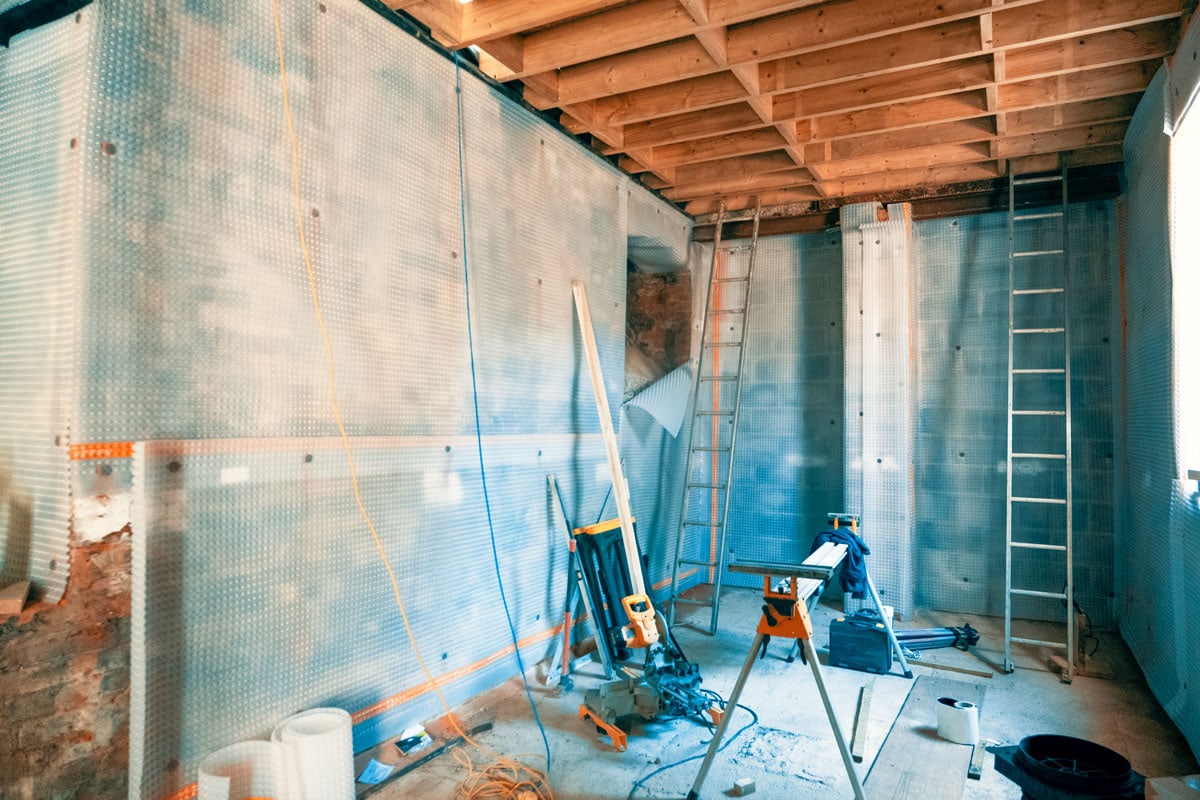Water is unavoidable in basement areas, and you'll have to waterproof the walls and floors. Improperly waterproofed basements will have damp walls and floors. The question now is, what do you do about it? We researched, inquired from experts, and we came across several solutions.
Basement walls become damp due to excess water. The water could be underground water or surface water. Therefore, either of the following can be the solution. You could:
- Apply masonry waterproofer
- Reduce seepage around the basement
- Seal outside the foundation wall
- Fill large cracks in foundation walls
- Install a sump pump
The solution to any problem is first understanding the problem at hand. Either of these solutions is effective when applied where necessary. Continue perusing as we highlight each solution and indicate where it's applicable.

How Do You Fix Damp Basement Walls
It's all about water management in basements. If you don't want to be washed away, waterproof your basement. Let's tackle each solution and understand where each is suitable.

Apply Masonry Waterproofer
To avoid water from seeping into basement walls, apply a masonry waterproofer. Masonry waterproofers have latex in them that acts as an impermeable coat.
Check out this masonry waterproof on Amazon.
Experts recommend applying a relatively thin layer. The masonry waterproofer gets into the pores and expands once it dries. It becomes one with the wall. Apply a second coat after 24h hours.
Here's a short video demonstrating the process.
Reduce Seepage Around The Basement
You should check for any leaking pipes, flooding during the wet season, or an increase in underground water. If you have seepage around the top part of the basement walls, check for open windows and burst pipes in the yard.
If you notice water only at the bottom of the basement wall, underground water isn't draining well.
Close windows, repair any burst pipes or gutters, and clean the sump pump if it's clogged. Keep an eye on the walls after implementing the changes.
Seal Outside The Foundation Wall

When it rains heavily, water could seep into the basement walls from the outside. Pools of water that collect at the bottom of the foundation will seep in via the basement walls. Therefore, you'll need to waterproof the foundation from the outside.
Start by cleaning the perimeter of the foundation of the house. Then excavate the footer. Next, put gravel, perforated pipes, or French Drains, seal the walls with liquid rubber, then finally discharge or drain the water to daylight.
Check out these perforated pipes on Amazon.
You may also discharge to a sump pump if you don't want to drain to daylight.
Have a look at this illustrious video.
Fill Large Cracks In Foundation Walls
Basement walls that have cracks are a menace. Surface water and groundwater will use this as a route to discharge. You'll have damp walls that you can no longer ignore.
Filling these cracks is the only solution other than demolishing the whole house. Begin by making the cracks wider.
A larger cavity will be easier to cure. Discard any disintegrating basement wall material from the crack. A cold chisel is a perfect tool for this job.
Have a look at these cold chisels on Amazon
Use foam and mortar to fill the cracks. Add an acrylic bonding agent to the mortar mix for better fixation.
You can watch the following video for step-by-step instructions.
Install A Sump Pump

Homeowners who don't have a sump pump might have constant issues with basement walls. Sump pumps help drain water to a nearby storm drain or detention pond. The sump pump is extra insurance that removes groundwater.
Sump pumps ensure that your basement doesn't flood. The basement floor will remain dry, and no water will seep into the walls.
You can install a sump pump easily or use the services of a professional.
Check out this tutorial video to understand how to go about it.
Why You Should Keep Basement Walls Dry
It's not uncommon for the basement to be damp and moist. However, it isn't correct to assume that is the norm. Basements should be kept dry for simple facts:
- To avoid the growth of mold and mildew, which can worsen or trigger allergies and asthma.
- A disintegrated basement reduces the home value.
Diagnosing The Water Problem
Before you finish working on your basement, you'll need to find out the water source, wetness, dampness, or moisture on your basement walls. To determine whether the issue is from the inside or the outside of the house, use the following test.
Tape aluminum foil on the wall using duct tape, and leave it for 24 hours or a few days. The source is on the outside if the dampness is under the foil. Water penetrates through porous walls or cracks. You will need a radical solution to this.

On the other hand, if the moisture or wetness is on top of the aluminum foil, it is high indoor humidity. The excess indoor humidity can be eliminated using simple measures.
How To Dry Moisture On Basement Walls
Excess humidity in any room is a disaster, more so for basements. These dull, sometimes dark spaces can speed up the deterioration of the home value. To slow and stop any further damage, you can:
- Insulate pipes that are in the basement area.
- Open windows and run fans. It will help to circulate the air around.
- Insulate the walls of the basement.
- Use a dehumidifier to dry the humid air in the room, especially if you have bathrooms in finished basements.
- Turn up the heat to create a pocket of warm air in the basement space.
- Elongate gutters and waterspouts.
- Hire a professional to install a good-quality HVAC system for your home.
These simple and easy maneuvers will save you money. You will also make proper use of your basement area without any reservations.
Is A little Water In The Basement Alright?
No amount of water in the basement is alright! Water or moisture increases humidity in the entire house. It also causes your HVAC system to work overtime. Overworked HVAC systems will hike the energy bill.
Before purchasing a home or constructing a basement, check out the vicinity and building codes. For a more accurate assessment, invite a professional land surveyor. Understanding the water table of the area will make all the difference.
How To Keep Basements Dry Without A Humidifier

Humidifiers might be costly in rented basement apartments. To avoid spending a lot of money to dehumidify the area, you can:
- Use charcoal or crystal salt. These two agents absorb moisture from the air and are safe.
- Avoid using hot steaming showers. Basements don't have excellent ventilation, and humid air might linger. You can instead use a cool shower.
- Open windows for good airflow.
- Invest in fans or affordable air conditioners to increase the airflow and better ventilation. Always run the air conditioning.
- Lastly, dry your clothes outdoors to reduce moisture build-up from dryers.
Some of the above methods dehumidify the basement with electricity!
How To Cover Basement Walls
Some homeowners like the rough concrete finish of basement walls. Others prefer a smoother finished look. After thoroughly waterproofing your basement, you can use different finishes on the walls.
Here are cheap and high-end options that will work fantastically with the rest of the interior decor.
- Drywall- The most common and affordable way to cover basement walls.
- Shiplap- Needs a framework like drywall.
- Paints or stains-You can use paints or stains with a primer on basement walls for a classy finish.
- Fiberboard wood paneling- Alternatively, go for engineered wood panels from wood fiber.
- Stone veneer- For a random, natural look.
- Brick veneer- A more detailed look of bricks.
- Paige coat or Plaster-Use a thin layer on basement masonry walls.
- Wall fabric- For this bohemian look, use different wall fabrics.
- Tile- A solid finish for any basement.
- Wall vinyl-For For A smooth, shiny finish, use heavy-duty wall vinyl.
- Stone slabs- A high-end finish. Expensive, beautiful, strong, but rather costly.
- Shelves and cabinets- divert attention from your basement walls with artistry shelves, bookcases, and cabinets.
Most of these options are suitable for other rooms!
Conclusion

Damp basement walls can be rectified. Before waterproofing the basement walls, find out where the water is coming from.
Homeowners can find solutions to damp basements, but serious issues need a professional. The moisture levels in your basement should be minimal or non-existent.
You can also read more home improvement posts on:



